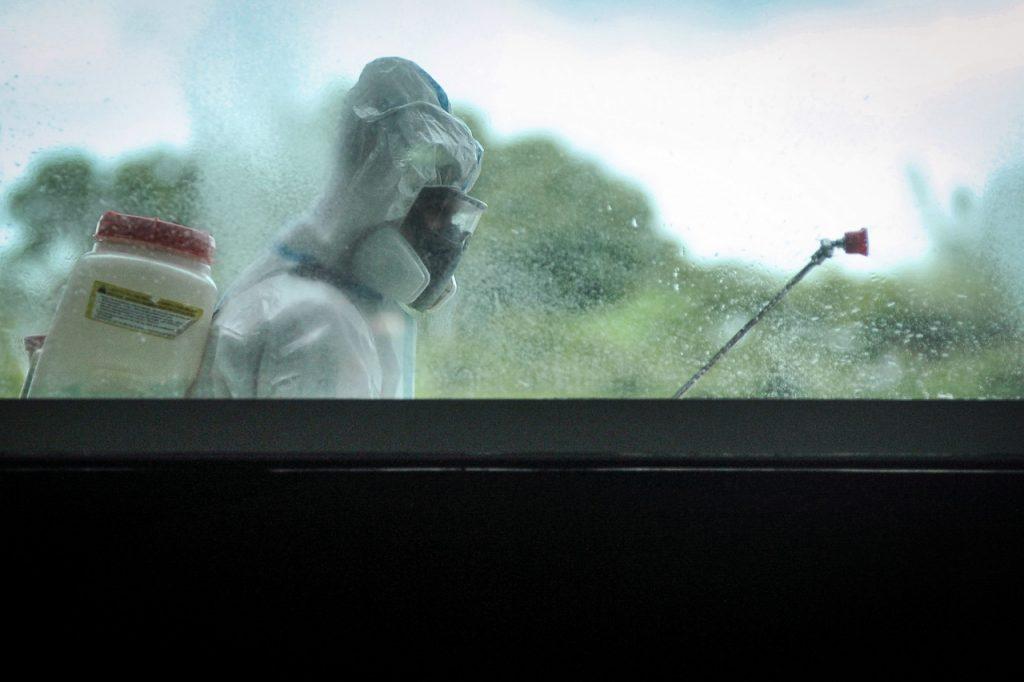Risk of getting Covid-19 from contaminated surfaces less than 1 in 10,000, say US health agency
Covid-19 is a virus contracted through breathing, not touching, experts say.
Just In
When the coronavirus began to spread in the US last spring, many experts warned of the danger posed by touching surfaces.
Researchers reported that the virus could survive for days on plastic or stainless steel, and the Centres for Disease Control and Prevention (CDC) advised that if someone touched one of these contaminated surfaces and then touched their eyes, nose, or mouth, they could become infected.
But this week the CDC updated its surface cleaning guidelines and noted that the risk of contracting the virus from touching a contaminated surface was less than one in 10,000.
“Evidence has demonstrated that the risk by this route of infection of transmission is actually low,” Dr Rochelle Walensky, director of the CDC, said at a White House briefing on Monday.
“Finally,” said Linsey Marr, an expert on airborne viruses at Virginia Tech. “We’ve known this for a long time and yet people are still focusing so much on surface cleaning.” She added, “There’s really no evidence that anyone has ever gotten Covid-19 by touching a contaminated surface.”
During the early days of the pandemic, many experts believed that the virus spread primarily through large respiratory droplets. These droplets are too heavy to travel long distances through the air but can fall onto objects and surfaces.
In this context, a focus on scrubbing down every surface seemed to make sense.
“Surface cleaning is more familiar,” Marr said. “We know how to do it. You can see people doing it, you see the clean surface. And so it makes people feel safer.”
But over the last year, it has become increasingly clear that the virus spreads primarily through the air, in both large and small droplets, and that scouring door handles and underground seats does little to keep people safe.
“The scientific basis for all this concern about surfaces is slim to none,” said Emanuel Goldman, a microbiologist at Rutgers University. “This is a virus you get by breathing. It’s not a virus you get by touching.”
The CDC has previously acknowledged that surfaces are not the primary way that the virus spreads, but the agency’s statements this week went further.
However, the guidelines do suggest that if someone who has Covid-19 has been in a particular space within the last day, the area should be cleaned and disinfected.
“Disinfection is only recommended in indoor settings where there has been a suspected or confirmed case of Covid-19 within the last 24 hours,” Walensky said during the White House briefing.
“Also, in most cases, fogging, fumigation and wide-area or electrostatic spraying is not recommended as a primary method of disinfection and has several safety risks to consider.”
Subscribe to our newsletter
To be updated with all the latest news and analyses daily.
